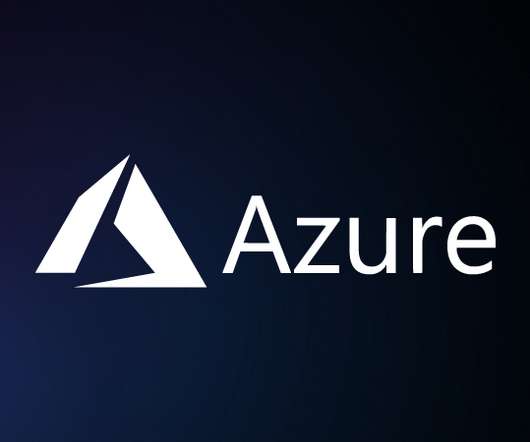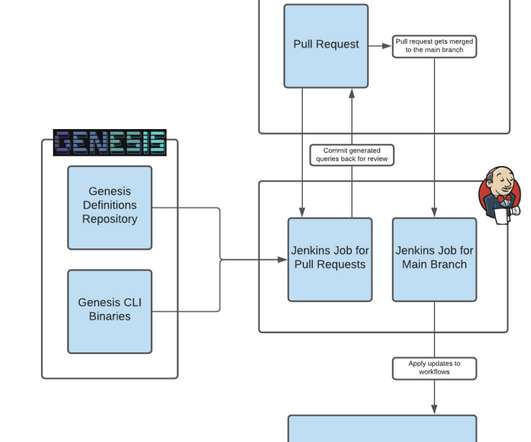Building Netflix’s Distributed Tracing Infrastructure
The Netflix TechBlog
OCTOBER 19, 2020
If we had an ID for each streaming session then distributed tracing could easily reconstruct session failure by providing service topology, retry and error tags, and latency measurements for all service calls. Using simple lookup indices in Cassandra gives us the ability to maintain acceptable read latencies while doing heavy writes.




























Let's personalize your content